New FIFA Standards for Synthetic Football Pitches
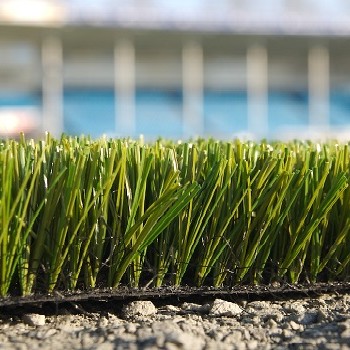
Donal Kearney takes a look at the new standards being introduced by the FIFA and how it affects Irish clubs
23 February 2016
Due to the great potential of artificial turf for the development of football and other sports, synthetic surfaces are used in many areas of the world. Its resistance to weather and ability to sustain more intensive use make it the best alternative to natural grass.
Third Generation Synthetic Surfaces for Football have been the most accepted Synthetic surfaces for football since the late 1990’s. Replacing the 1st and 2nd generation surfaces for football use before them, the 3rd generation have consistently improved its playing performance standards. Now FIFA have introduced increasing required standards for new surfaces last October which will be fully implemented and will replace the FIFA one star and two star standards totally in Jan 1st 2017.
Third Generation Carpet view
Implemented into the Laws of the Game of Soccer The International Football Association Board (IFAB) approved at its Annual General Meeting in February 2004 artificial turf surfaces for international competition matches. So long as they fulfilled the requirements of the FIFA Quality Concept.
Law 1 – The field of play Field surface Matches may be played on natural or artificial surfaces, according to the rules of the competition. Where artificial surfaces are used in either competition matches between representative teams of member associations affiliated to FIFA or international club competition matches, the surface must meet the requirements of the FIFA Quality Concept for Football Turf or the International Match Standard, unless special dispensation is given by FIFA.
In order to obtain FIFA certification for the installed artificial surface, a field test on the final pitch must have been successfully passed. The certificate serves as proof that the playing surface fulfils the highest requirements, to ensure its at least matches the playing characteristics of a natural grass surface. Natural Football turf versus artificial turf as a consequence, FIFA developed a testing scheme for artificial surfaces that specifically focuses on the needs of the users i.e. players. To ensure their safety these tests are objective and measurable and comparable to natural grass surfaces. Some of these tests include:
- Ball rebound
- Ball roll
- Shock Absorption
- Slip resistance
- Vertical deformation/hardness
- Rotational resistance
- Surface Infiltration
- Quality Differences and changes
Synthetic playing surfaces recognised to FIFA standards are specifically designed to meet the requirements necessary for football in terms of playing performance, safety, durability and quality assurance. This quality scheme up until recently has been known as the FIFA one star and FIFA two star surface playing standards for competitive soccer competitions. Now FIFA introduced a second category geared specifically towards the demands of the professional game (FIFA QUALITY PRO, formerly FIFA TWO STAR). The broader category (FIFA QUALITY, former FIFA ONE STAR) has wider bands of acceptability as it is geared towards durability and safety for more intense use at community level. Both categories are entitled to host international matches subject to the relevant competition rules.
The laboratory test programme that these Synthetic surfaces must satisfy for football as part of the FIFA Quality Programme includes a programme of simulated use to assess the ability of a surface to perform for a period of time. The degree of simulated use undertaken on FIFA QUALITY PRO compliant products is designed to replicate low to moderate levels of use often found on football specific stadium fields; whilst the degree of simulated use undertaken on FIFA QUALITY compliant products is designed to replicate the higher levels of use found on training and community fields.
Potential installers of Football Turf fields should note, however, that experience has shown fields subjected to very high intensity use may not be able to retain the demanding performance criteria of the FIFA Quality Programme for the life of the playing surface.
Failure to undertake adequate maintenance will also reduce the period of time a field may satisfy the requirements of the FIFA Quality Programme.
Lisport Machine measuring wear on Synthetic Turf
New test methods have been included for all FIFA QUALITY and FIFA QUALITY PRO fields:
- Method for the determination of heat on artificial turf products
- Advanced wear simulation device: Lisport XL
- Method for calculating reduced ball roll on samples tested in the Lisport XL
- Method for the measurement of free pile height
- Method for the measurement of infill depth
- Method for the determination of UV stabiliser content in yarns
- Method for clarification of the particle size distribution measurement
- Method for clarification for the measurement of differential scanning calorimetry (DSC)
- Method for clarification for the measurement of yarn decitex
- Method for clarification of product identification on woven carpet products
- Method for clarification of porosity testing on artificial turf systems
- Method for clarification of yarn thickness measurement
References :’FIFA Quality for Footbal Turf ‘



 Print
Print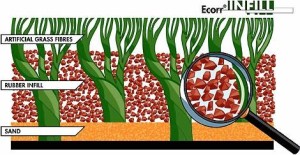
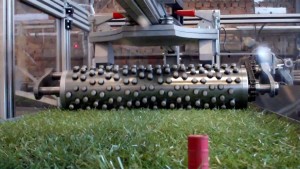
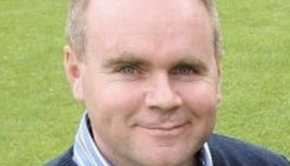
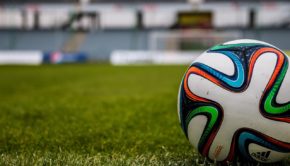

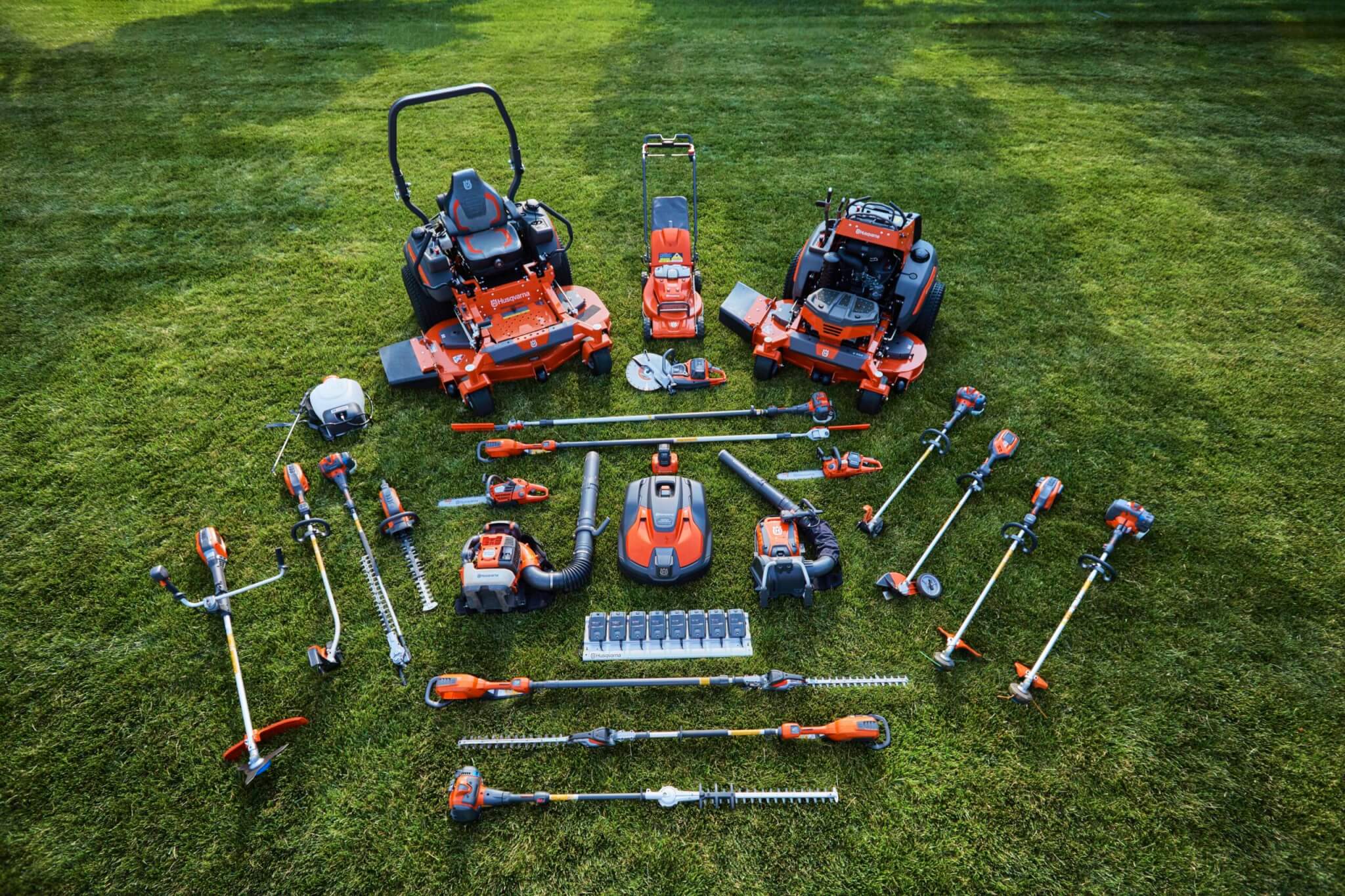
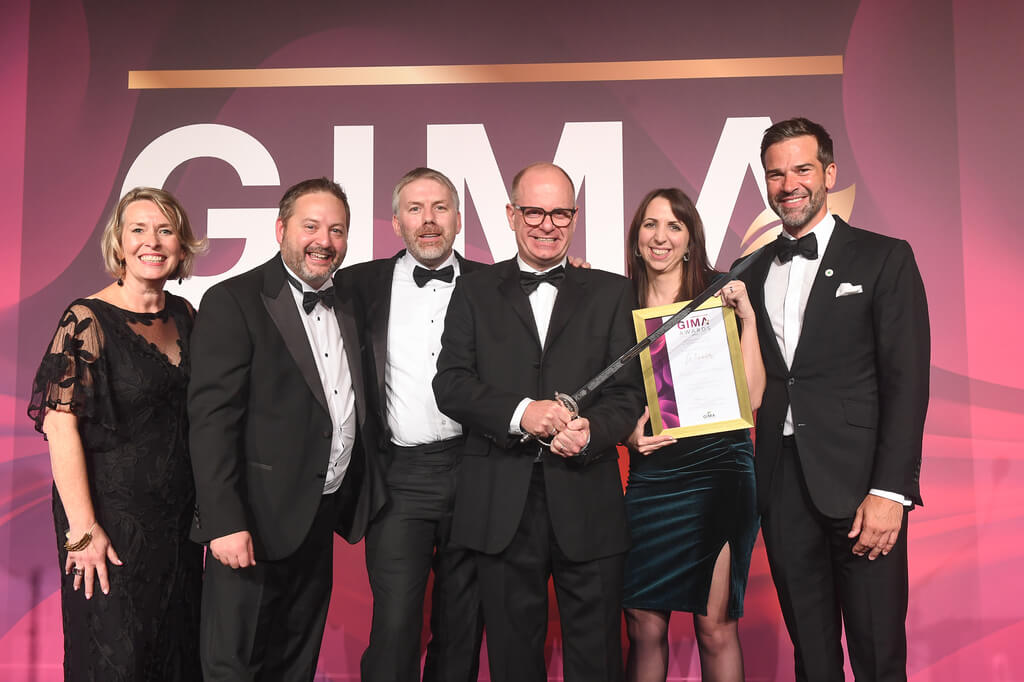

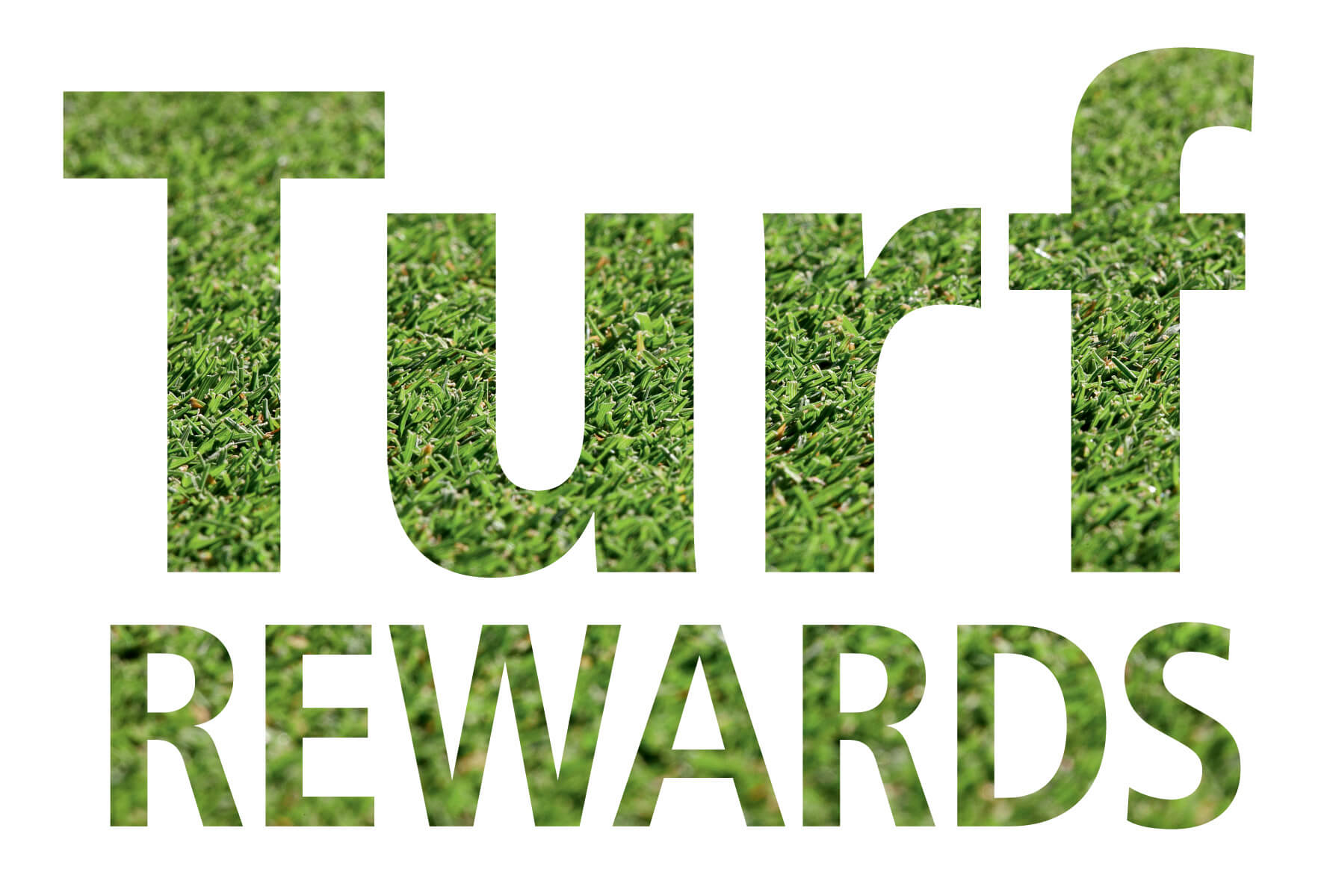
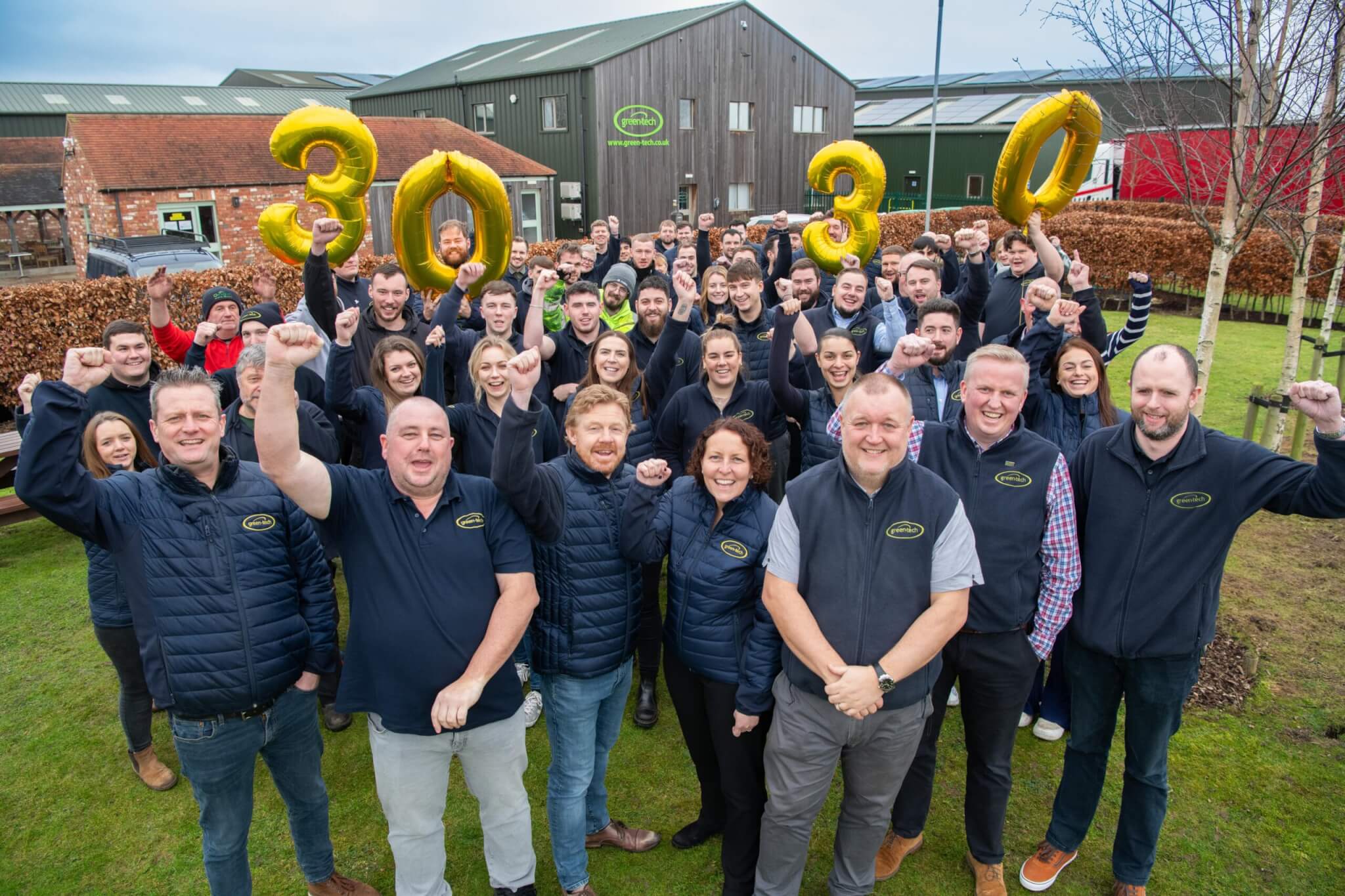


Fans 0
Followers